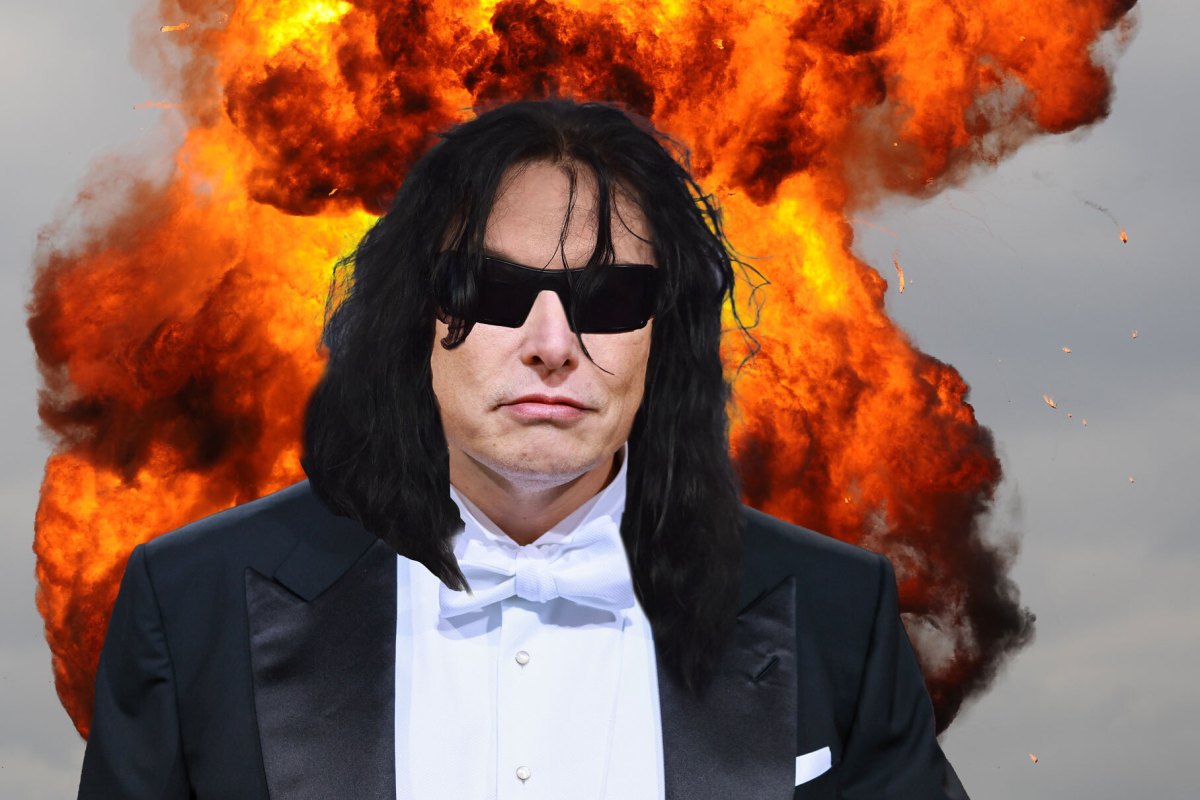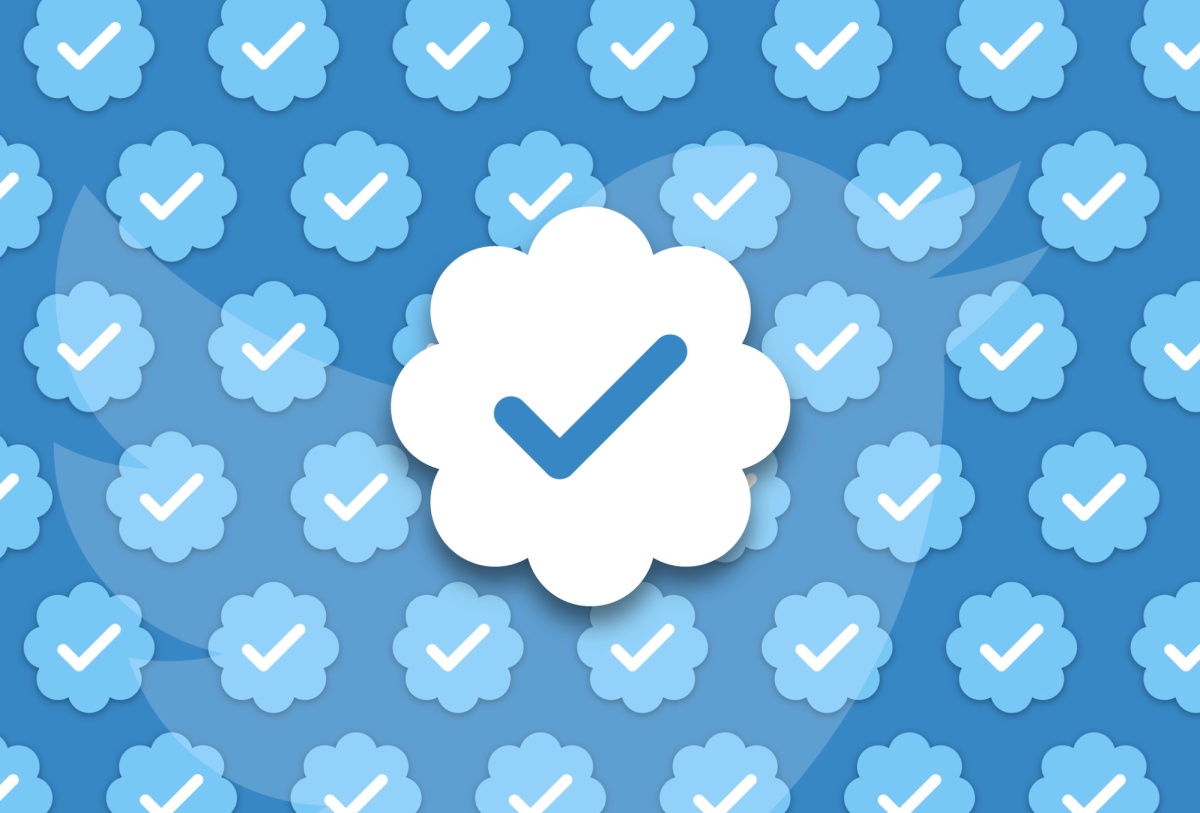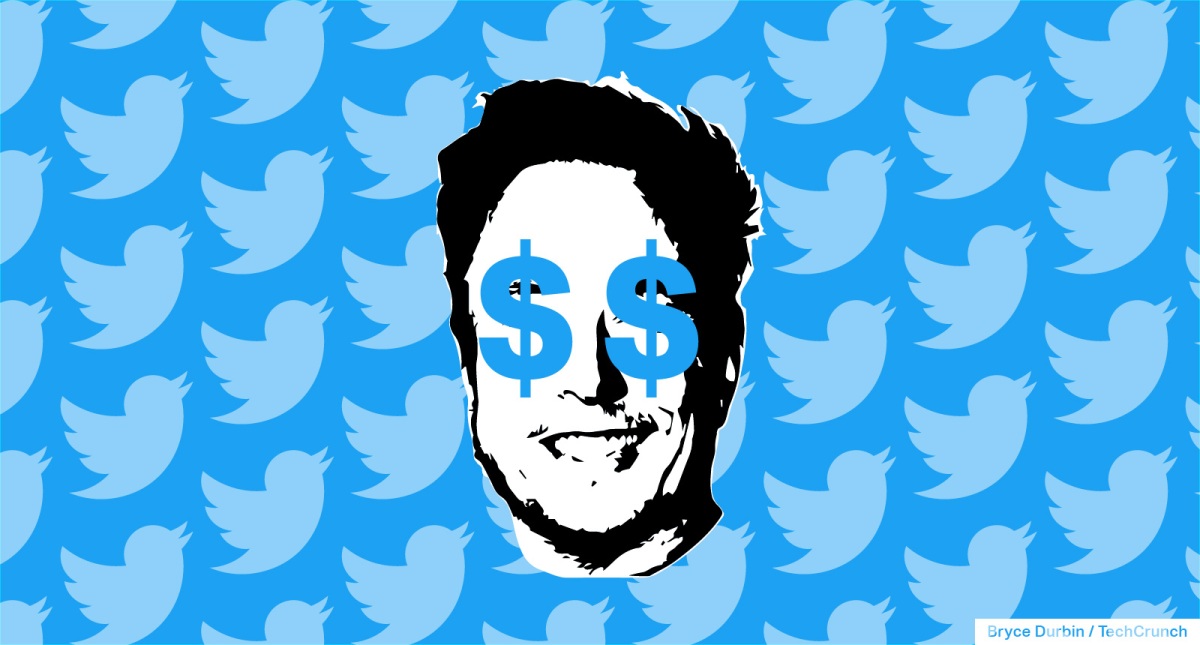Elon Musk, disaster artist • ZebethMedia
We’re at the point in the Elon Musk/Twitter debacle where the fact that it’s a shit show is our new normal, and anything that resembles a normal functioning tech company or leadership is more newsworthy than the inverse. But even as we take for granted that Musk’s rule will continue to tend towards chaos, it’s worth stepping back to look at the billionaire executive’s history of inciting catastrophe as a preferred method of doing business. Crises lead to an acute need for solutions Musk has always positioned his businesses as being intended to serve the long-term interests of humanity as a whole, and to his credit, he has always seemed to genuinely believe that to be true, a trait he shares with Superman — but also with Lex Luthor. In doing so, Musk is tapping into something often used as a unifying motivator behind great effort in disaster and alien invasion films: Namely, that if we face an existential threat, we’re more likely to face it as a unified force capable of superhuman feats. Starting with Tesla, Musk’s businesses have all been positioned as solutions to monumental problems that ultimately threaten the long-term survival of the human race. X.com, which would become PayPal, is probably the exception to that rule, but the fact that it’s an exception in more ways than one is probably much more prescriptive about everything that comes after than anything else. Tesla was intended to help humanity avoid the existential threat of climate decay — particularly at the hands of carbon emissions, by becoming the first company to effectively build electric vehicles at mass market scale. SpaceX is a different approach to the same problem — a means to “make humanity an interplanetary species” that imagines a future state in which Tesla and related climate change mitigation efforts have, at best, bought us extra time to get off this festering dirt ball and to another (even less hospitable though?) celestial body like Mars. Musk has also founded not one, but two organizations for the purposes of combatting a threat many would consider even more far-fetched, but no less existentially challenging should the worst-case scenario come to pass: namely, artificial intelligence. Aiming to take an approach to artificial general intelligence that worked more on influencing the direction of its development, Musk co-founded OpenAI in 2015 alongside former YC President Sam Altman and others. While he no longer seems directly involved in that organization’s day-to-day operations (he left the board in 2018), Musk also later founded Neuralink, a startup focused on the more ‘practical’ (insofar as the word has any meaning in this context) application of creating an implantable brain computer to help people augment their intelligence in a bid to keep pace with AI’s eventual presumed supergenius powers. Messes as macro- and micro-motivators As much as Musk uses looming global threats as consistent base notes that hum threateningly in the background of all his businesses, he also employs specific, immediate crises to ‘motivate’ his employees for fast (and often reckless) change. To be fair to Musk, it looks like often these crises arose from the same kind of brash hard-charging that you could say allowed him to break his way into businesses like the automotive and aerospace industries, where entrenched interests and high-costs have typically meant newcomers didn’t last long. Musk has specific intelligence and talents that have contributed to his success, but preparedness and planning aren’t among them, based on my longtime observation of his career. Some leaders, as they proceed in their career, seek to shore up their shortcomings through training and self-improvement: Musk, I think, saw the power that chaos creates and chose to go in a different direction, frequently architecting the disasters that prompt abrupt transformations and fire-drill urgency in his own teams — and that further his business interests when it comes to public policy, too. Author and tech industry critic Paris Marx famously pointed out that much of Musk’s hyping of his proposed hyperloop technology was actually about defraying support for the high-speed rail project in California, framing much of his work in transportation as amounting to attempts to “stifle alternatives” to individual car ownership, and by extension, Tesla. Perhaps the most insidious (but also arguably effective) way that Musk wields disaster as a motivator is in moving his employees to action. The Tesla Model 3 production process is a prime example: Musk himself described it as “production hell” in the early days, and was frequently found sleeping on factory floors while trying to rally his workforce around the challenges they faced. But much of the challenge was down to a decision on Musk’s part to eschew a traditional auto assembly line approach in favor of ultra-dense and ultimately unworkable automated robotic assembly units. On its surface, that was a big bet that didn’t quite pay off despite Musk’s best efforts. A more critical observer might argue, though, that Musk chose a much riskier path to the detriment of his workforce because he knew he’d be able to recoup a lot more sweat equity once they were in crunch mode regardless of the outcome of the automated play. Twitter: Elon’s calamity masterpiece Elon’s piece-de-resistance so far has to be Twitter, however, when it comes to causing massive problems and then putting added responsibility on people under his supervision. From the start, when he cleared house by laying off half the workforce (with predictable ripples in terms of knock-on infrastructure effects, not unlike when Thanos disappeared half the Marvel cinematic universe) he’s being sowing chaos. For the past couple of weeks since then, it’s seemed like he’s been introducing new disasters almost daily, including sprint product introductions (and rollbacks), sudden reversals in the company’s work-from-home policies, and just today, an ultimatum essentially promising those who remain significant overwork. Musk clearly thrives in a chaotic milieu, and Twitter is the best example yet of him architecting the landscape exactly to his preferred habitat. In the process, he’s also revealed much more about




